The landscapes in Turkey are dotted with outstanding towns that have successfully maintained their historic flavor with a touch of modern life. Settlements where stories span millennia, from ancient civilizations to contemporary communities that still live in these fabled streets.
Exploring these amazing destinations will illustrate how tradition interlinks with modernity to forge vibrantly distinct communities.
Safranbolu, Black Sea Region
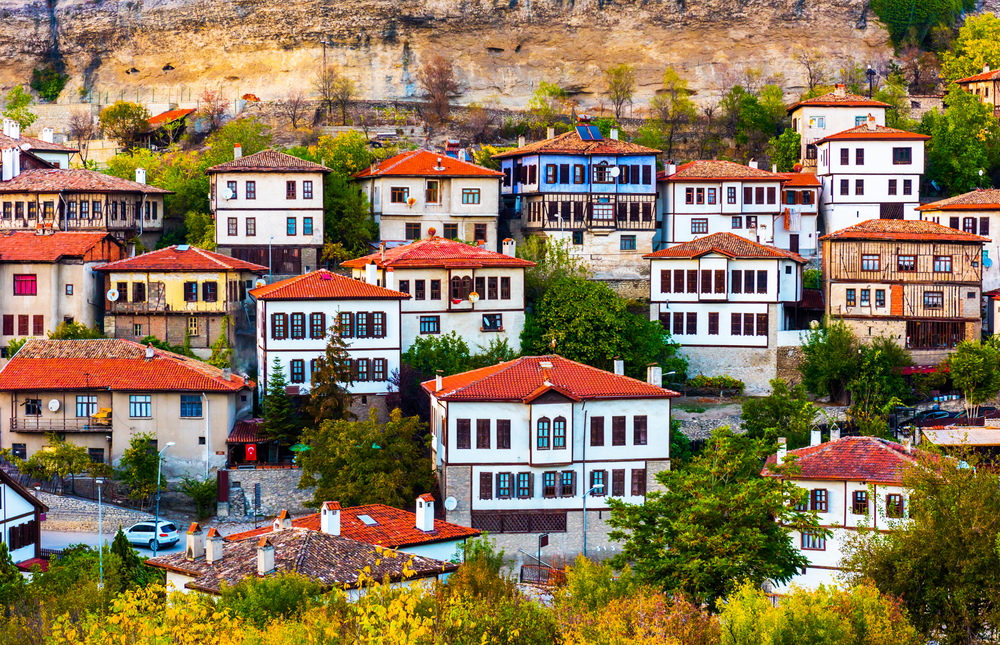
Nestled in the mountains of northern Turkey, Safranbolu stands as a testament to Ottoman architectural brilliance. The town earned its UNESCO World Heritage status through preserved 17th-century houses and administrative buildings.
Local artisans continue age-old traditions in workshops tucked within the winding streets while residents pridefully maintain their historic homes. The town’s name derives from its historical saffron trade, and today, you can still find this precious spice in local markets alongside traditional Turkish delights and handcrafted goods.
Morning fog rolls through the valleys, creating an ethereal atmosphere around the red-roofed mansions that have changed little in 300 years.
Mardin, Southeastern Anatolia
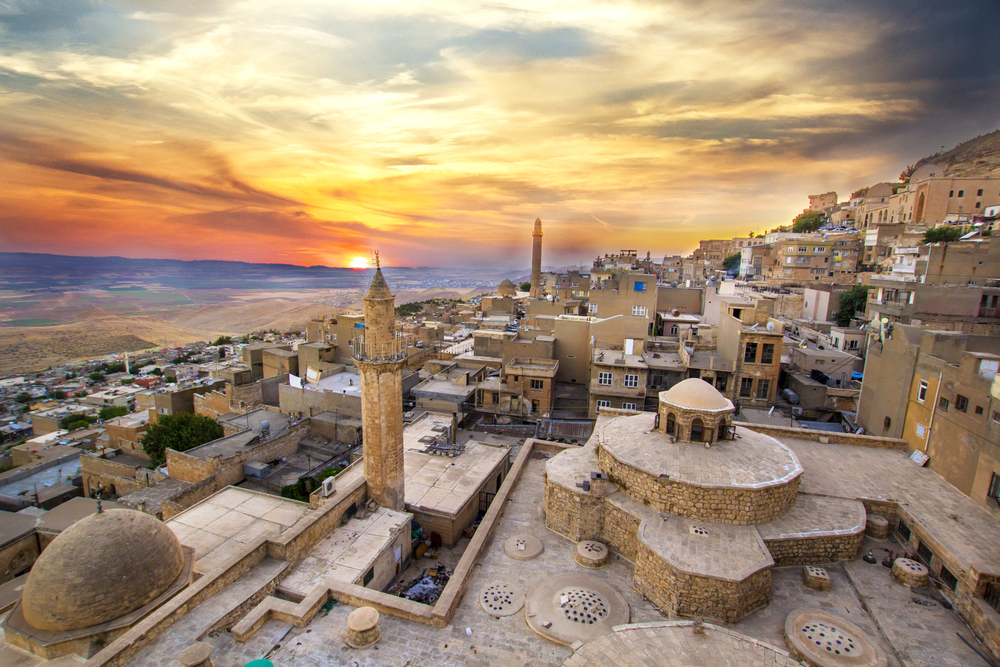
Rising dramatically above the Mesopotamian plains, Mardin’s honey-colored stone architecture seems to glow in the desert sun. The town’s intricate stonework tells stories of Artukid, Ottoman, and Seljuk influences, while its diverse population of Muslims, Christians, and Yazidis continues ancient traditions of peaceful coexistence.
Narrow alleyways wind between buildings adorned with ornate carvings, leading to bustling bazaars where spice merchants still conduct business as their ancestors did centuries ago. The sound of multiple languages fills the air as locals go about their daily lives against a backdrop of medieval architecture.
Like Travel Pug’s content? Follow us on MSN.
Amasya, Black Sea Region
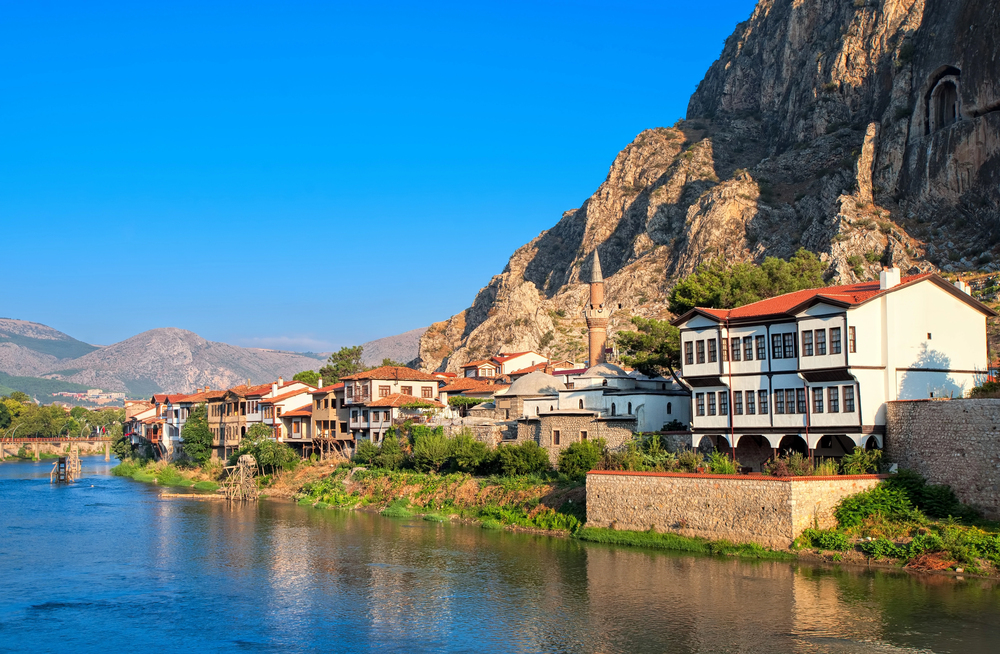
Carved into a rocky mountain face alongside the Yeşilırmak River, Amasya combines natural beauty with historical grandeur. Ancient rock tombs of Pontic kings watch over Ottoman-era wooden houses that line the riverbank, creating a unique architectural timeline.
The town served as an important center for Islamic education and royal training during the Ottoman period, and today, its madrasas and mosques continue to draw scholars and visitors alike. Traditional artisans work in historic workshops, maintaining age-old jewelry-making and calligraphy techniques.
Beypazarı, Central Anatolia
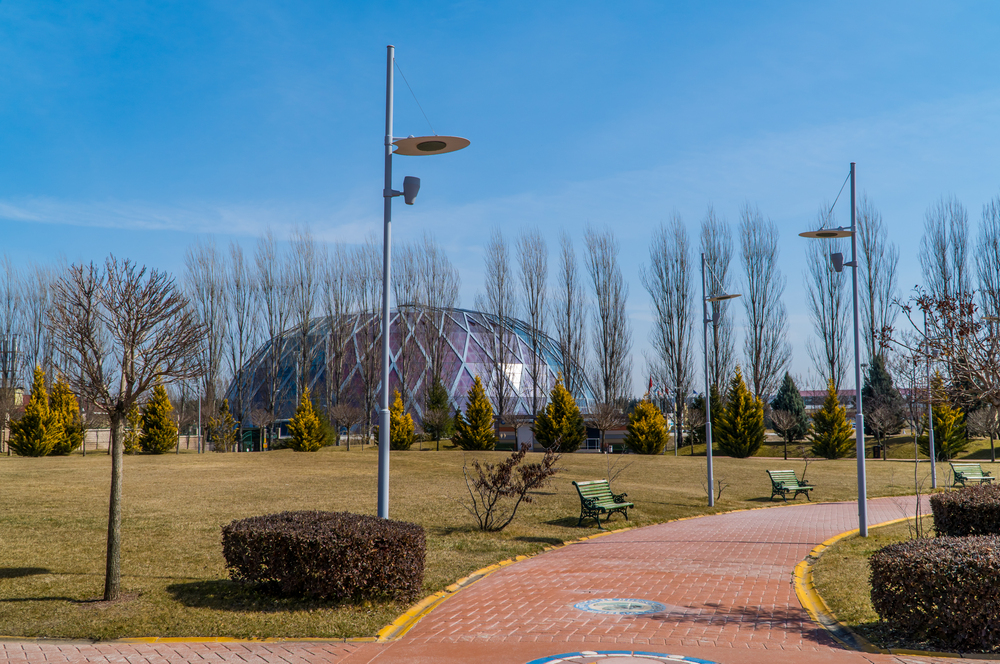
Just 62 miles from Ankara, Beypazarı maintains its historical character through its perfectly preserved Ottoman architecture and traditional silversmithing industry. The town’s narrow streets showcase hundreds of restored 18th and 19th-century houses, their bay windows peering onto cobblestone streets.
Local women still bake traditional yufka bread in time-honored ways, while silversmiths craft intricate pieces in workshops that have been active for generations. The smell of traditional carrot Turkish delight wafts through the historical bazaar, where merchants sell local specialties in shops housed in centuries-old buildings.
Göreme, Cappadocia
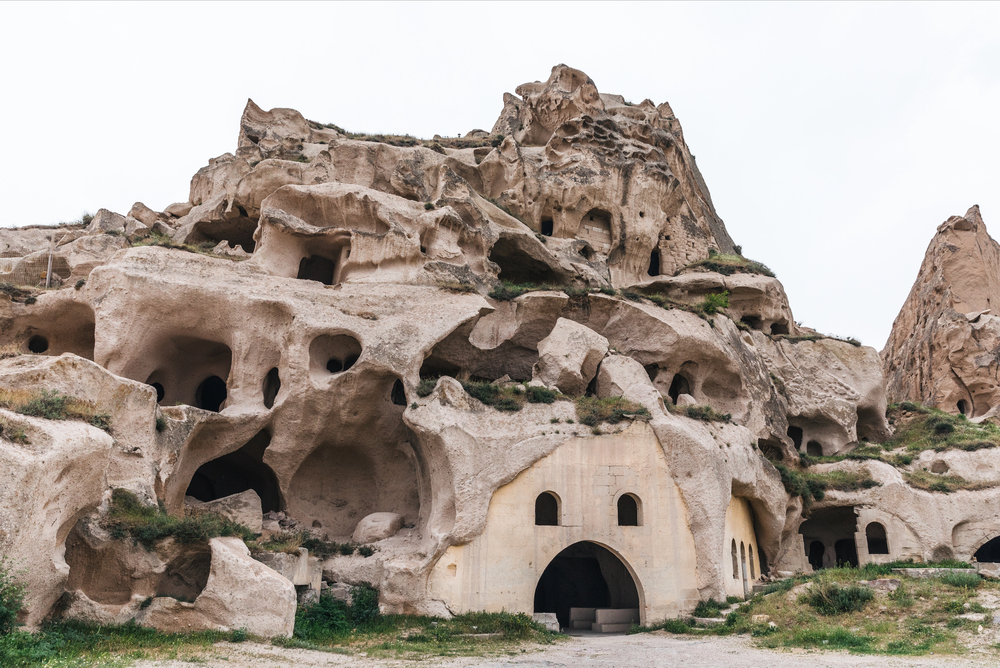
Set among the otherworldly rock formations of Cappadocia, Göreme represents thousands of years of human ingenuity and adaptation. Ancient Christians carved churches and monasteries into the soft volcanic rock, creating an underground city that protected inhabitants during persecution.
Today, many residents live in modern cave houses, maintaining a tradition that dates back to the Hittite period. The town’s unique landscape serves as an open-air museum and a living community, where traditional crafts like pottery making continue in studios carved from rock.
Like Travel Pug’s content? Follow us on MSN.
Birgi, Aegean Region
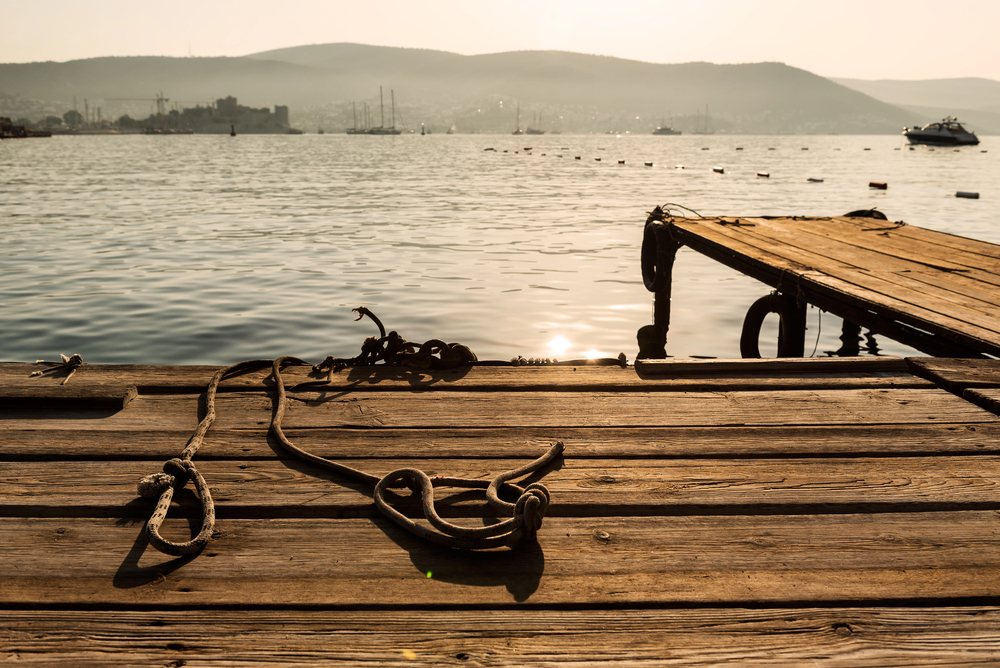
Hidden in the mountains of the Aegean region, Birgi preserves its Aydınoğlu and Ottoman heritage through its architectural masterpieces and traditional way of life. The town’s crowning jewel, the Çakırağa Mansion, is one of Turkey’s finest examples of traditional Turkish house architecture.
Local families maintain their historic homes with traditional techniques, passing down restoration skills through generations. The sound of traditional craft workshops mingles with the call to prayer from historic mosques, creating a timeless atmosphere.
Mudurnu, Black Sea Region
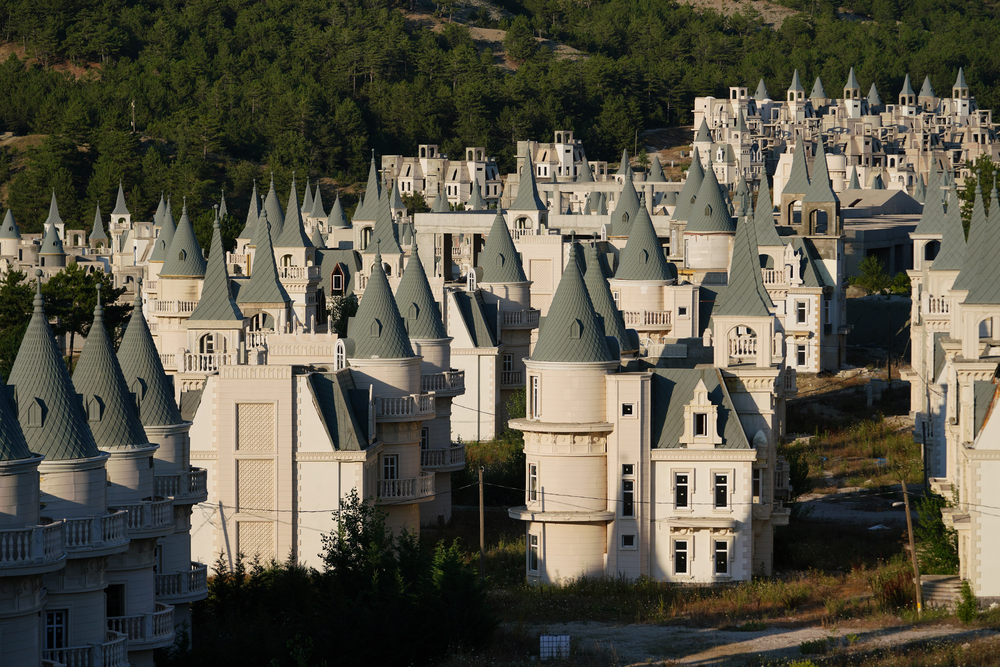
This small town in the Black Sea region maintains its Seljuk and Ottoman character through preserved hans (caravanserais) and traditional architecture. Mudurnu’s historic bazaar continues to operate as it has for centuries, with artisans working in traditional guild organizations.
The town’s famous chicken dishes are still prepared according to recipes passed down through generations. Traditional wooden houses line the streets, their ornate details telling stories of wealthy merchants who once made this town a crucial stop on ancient trade routes.
Taraklı, Marmara Region
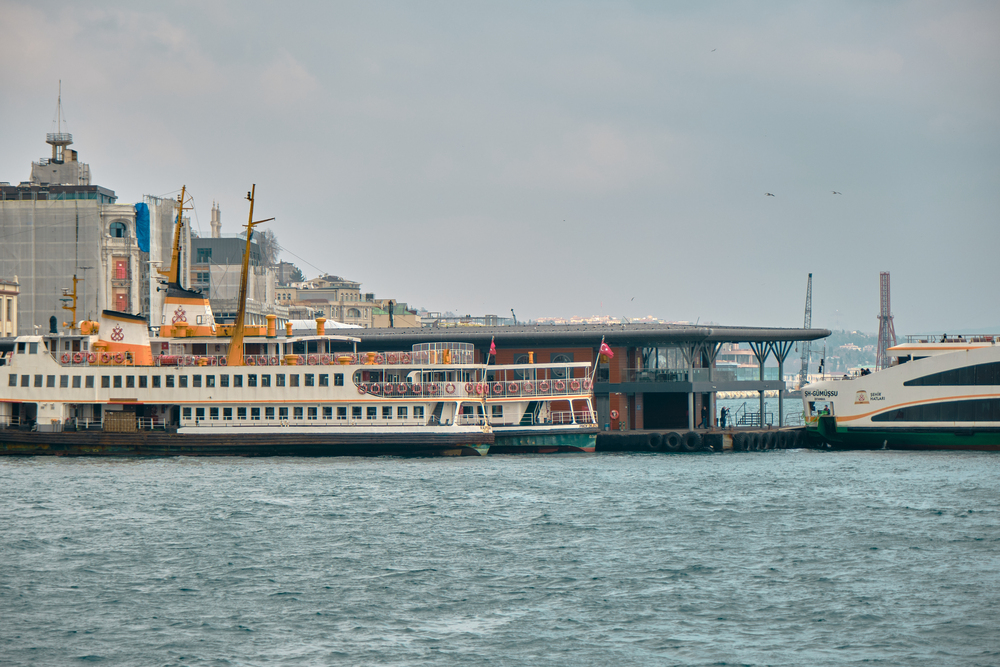
Situated along the historic Silk Road, Taraklı retains its Ottoman-era charm through hundreds of preserved wooden mansions and traditional handicrafts. The town’s name comes from its historical production of wooden combs, a craft that continues in small workshops today.
The local architecture features distinctive projecting upper floors supported by elaborate wooden brackets, creating covered walkways below. Traditional hammams still serve the community, maintaining centuries-old bathing customs.
Like Travel Pug’s content? Follow us on MSN.
Şirince, Aegean Region
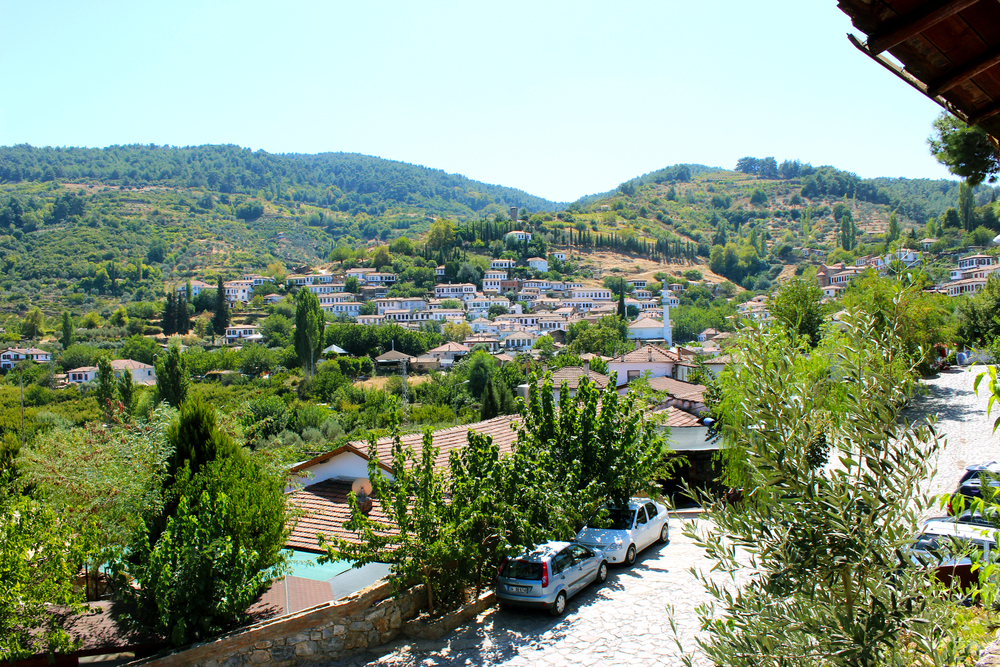
Perched on a hillside surrounded by olive groves and vineyards, Şirince combines Greek and Turkish architectural traditions in its well-preserved houses. The town’s wine-making tradition continues in family-operated wineries that produce unique fruit wines.
Local women maintain traditional handicraft traditions, creating intricate needlework and lace. The aroma of homemade olive oil soap and lavender fills the narrow streets where centuries-old stone houses stand proudly.
Cumalıkızık, Marmara Region

At the foot of Mount Uludağ, Cumalıkızık preserves its Ottoman village character through 700-year-old houses and traditional community life. The village’s distinctive architecture features wooden frames filled with rubble stone and mud brick, creating a unique visual harmony.
Local women continue to bake traditional breads in communal ovens, maintaining age-old recipes and techniques. The village’s narrow cobblestone streets wind between three-story houses whose upper floors nearly touch across the alleys.
Kaleköy, Mediterranean Region
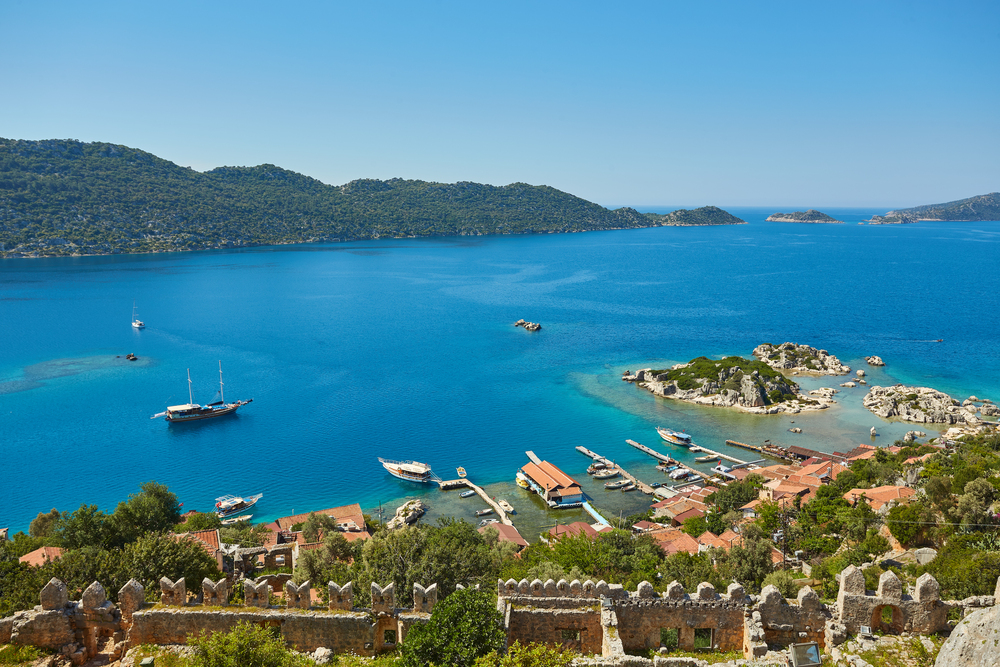
Rising above the sunken city of Simena, Kaleköy combines ancient Lycian ruins with a living fishing community. Traditional wooden gulets still bob in the harbor, while stone houses climb the hill toward a Byzantine castle.
Local fishermen maintain age-old fishing techniques and supply fresh catches to waterfront restaurants. The village’s sarcophagi and rock tombs serve as everyday landmarks for residents in their modern lives.
Like Travel Pug’s content? Follow us on MSN.
Uzungöl, Black Sea Region
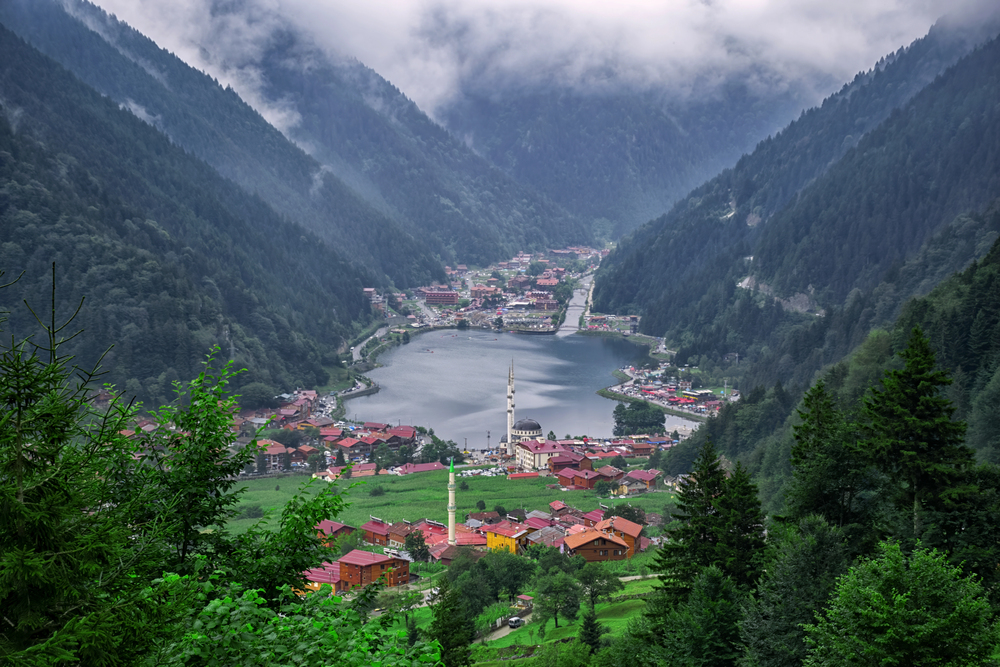
Nestled in a valley surrounded by mountains, Uzungöl maintains its traditional Black Sea architecture and way of life. Wooden houses with distinctive steep roofs reflect local building techniques developed to handle heavy snowfall.
Traditional Black Sea music echoes through the valley during local festivals and celebrations. The community continues to practice traditional highland farming methods on the surrounding mountainsides.
Halfeti, Southeastern Anatolia
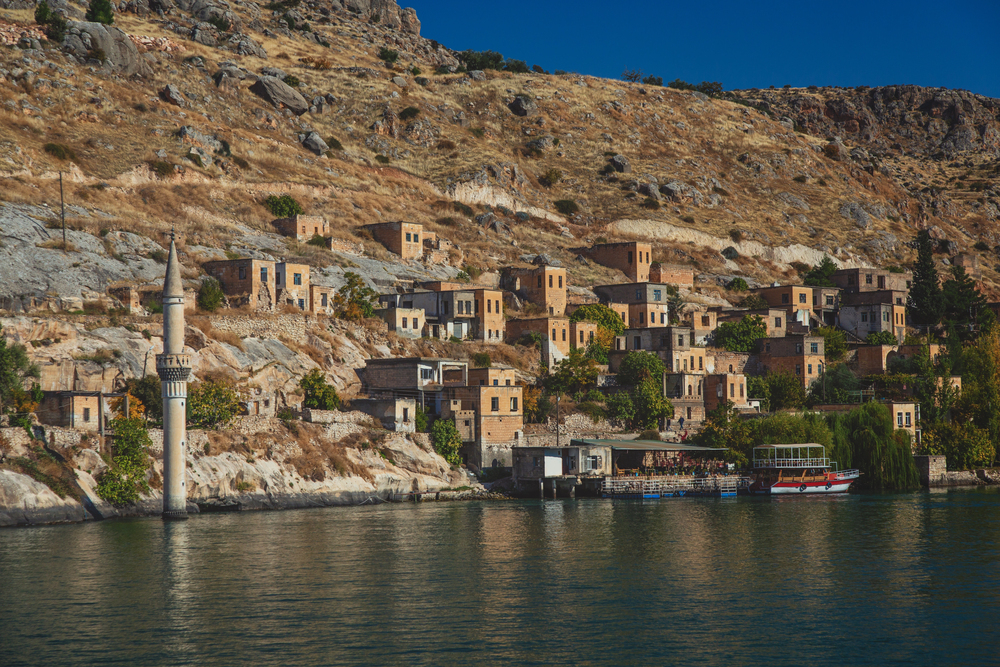
Half-submerged by the waters of the Euphrates, Halfeti continues its centuries-old traditions above and below the waterline. The town’s unique black roses still grow in gardens along the riverbank, maintained by local families.
Traditional stone houses rise directly from the water’s edge, creating a dramatic landscape unlike elsewhere in Turkey. Local boat builders continue to craft traditional river vessels using techniques passed down through generations.
Bergama, Aegean Region
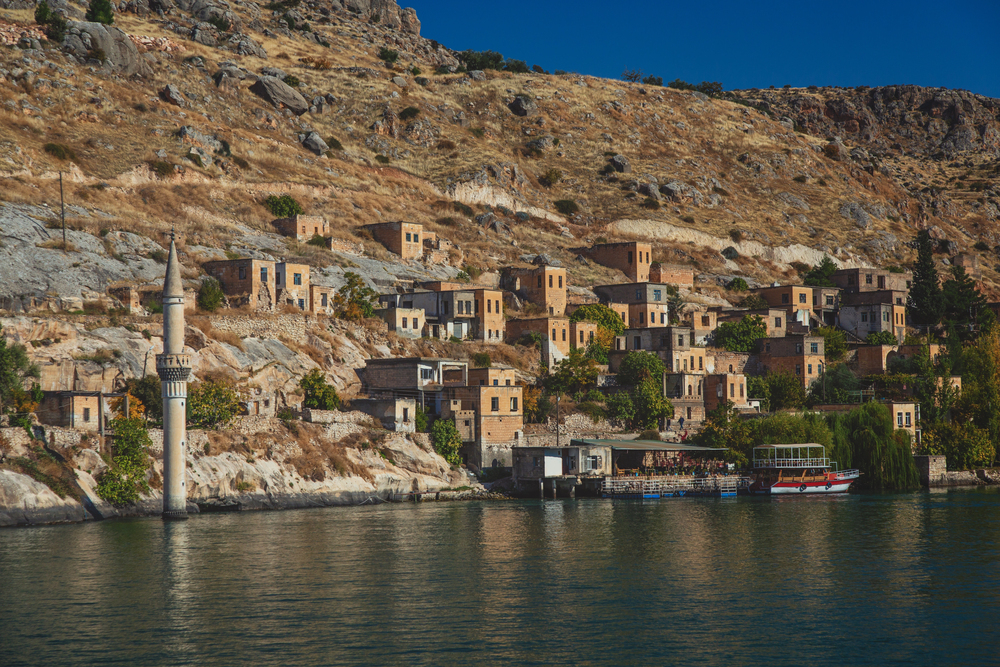
Built around the ancient city of Pergamon, Bergama maintains its historical significance while embracing modern life. Traditional artisans continue to produce the famous Bergama carpets using ancient patterns and techniques.
The town’s historic bazaar operates in the shadow of ancient aqueducts and temples, creating a unique blend of past and present. Local families maintain traditional courtyard houses that reflect centuries of architectural evolution.
Like Travel Pug’s content? Follow us on MSN.
Alacatı, Aegean Region
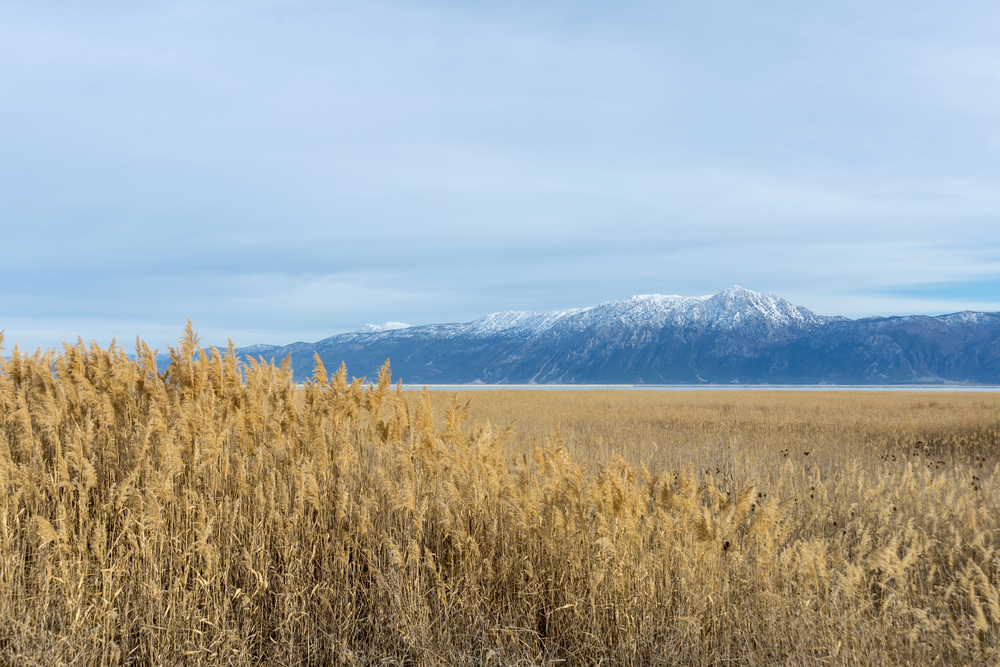
Known for its preserved Greek architecture and traditional windmills, Alacatı maintains its historical character while embracing contemporary culture. Stone houses with distinctive blue shutters line streets that follow ancient urban planning principles.
Local artisans continue traditional stone masonry techniques in building restoration projects. The town’s famous winds, which once powered flour mills, now attract windsurfers worldwide.
Preserving Heritage While Embracing Tomorrow
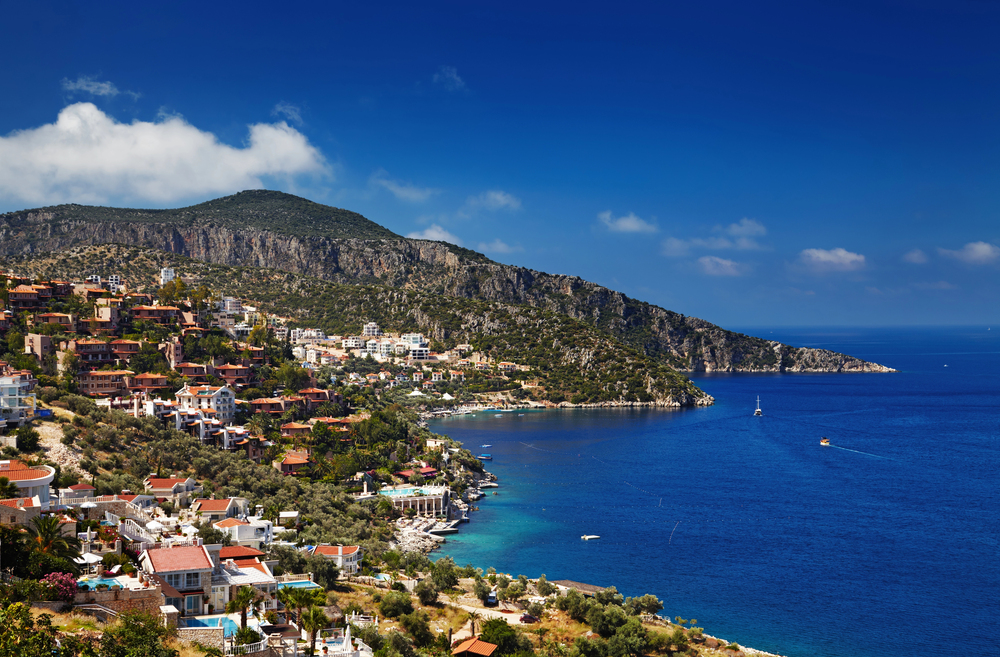
These fifteen towns best illustrate how historical heritage and modern life coexist through vibrant communities that honor their glorious past and continue to build on it.
Each town settlement’s history differs from ancient traditions, even in modern society. Their struggles with preservation inspire their counterparts in their quest to build a better present and future globally.
More from Travel Pug

- 15 Dangerous European Cities to Avoid
- 15 Caribbean Islands Where Tourists Keep Getting Scammed
- The 20 Most Fascinating Abandoned Places: A Journey Through Time and Forgotten Spaces
- 15 Hidden Places in the Smithsonian Museums Locals Love: A Guide to Lesser-Known Treasures
- 16 Hidden Florida Beach Towns That Aren’t Overrun with Tourists
Like Travel Pug’s content? Follow us on MSN.
